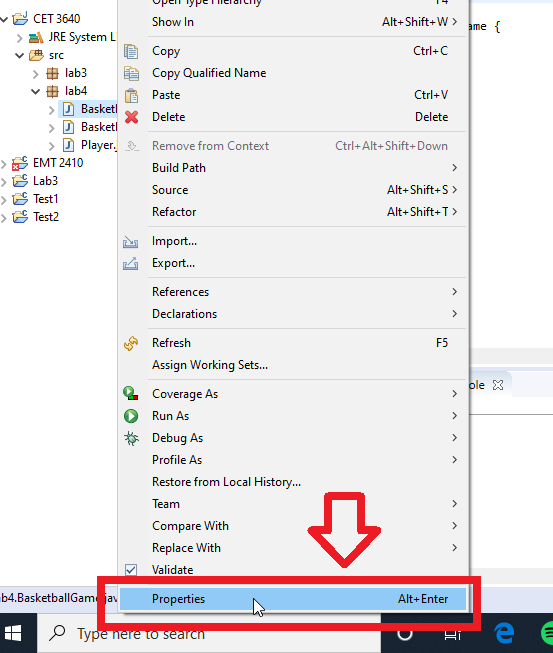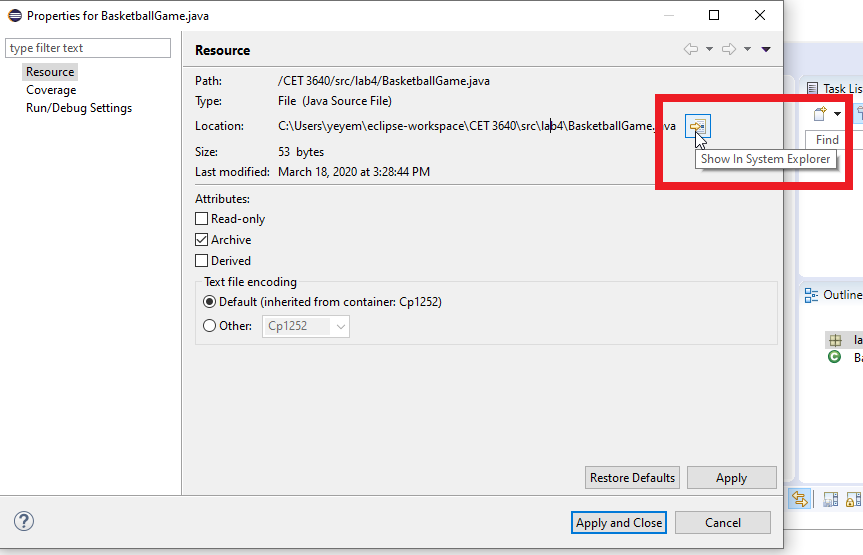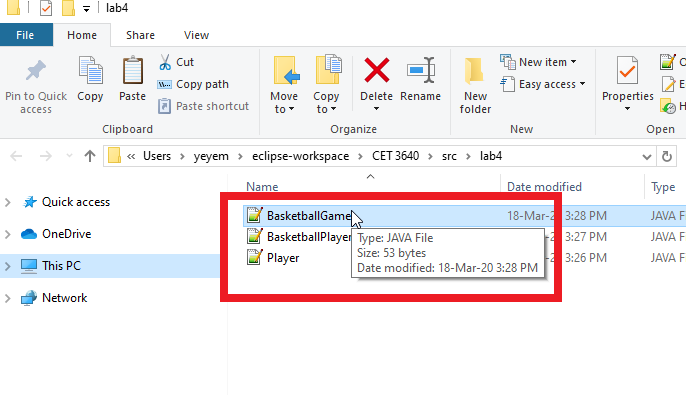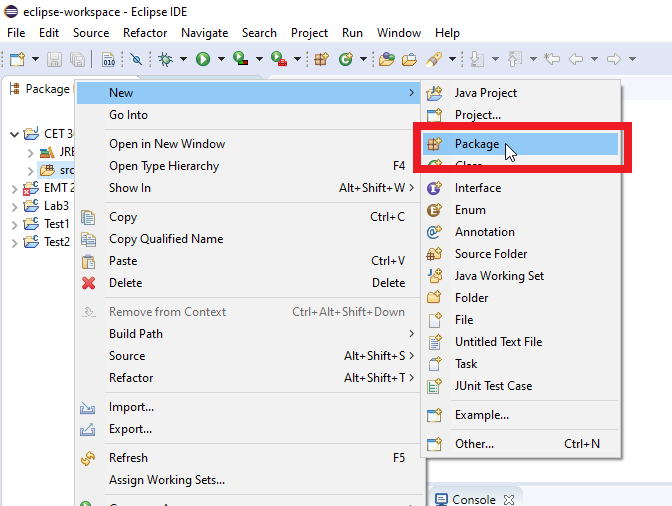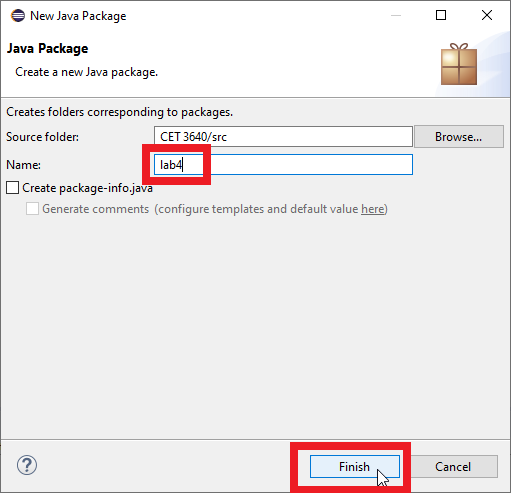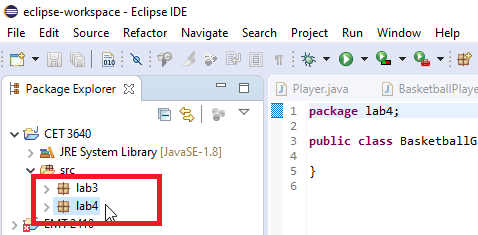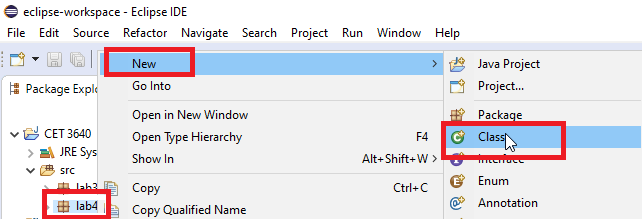In order to create a CodeStepByStep account for this course please click this link and follow the instruction below:
Once you click the link you should see the page to enter your account details. You must use your City Tech email address for your account and make sure the School/Org says “New York City College of Technology CUNY”. See the image below for reference.
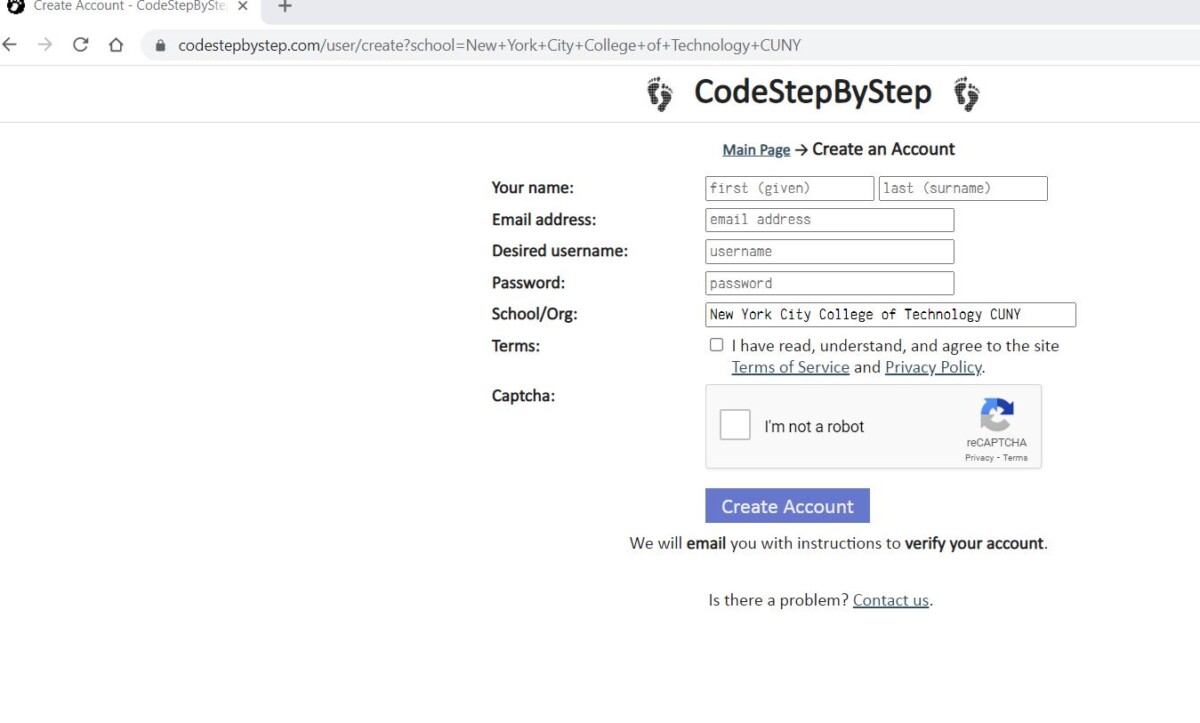
Once you create your account, you will receive an email to verify it. Please go to your City Tech email account and click the link. Sometime it might go to the junk/spam folder so please check there too. Once you do you will see a screen with your information as the one below:
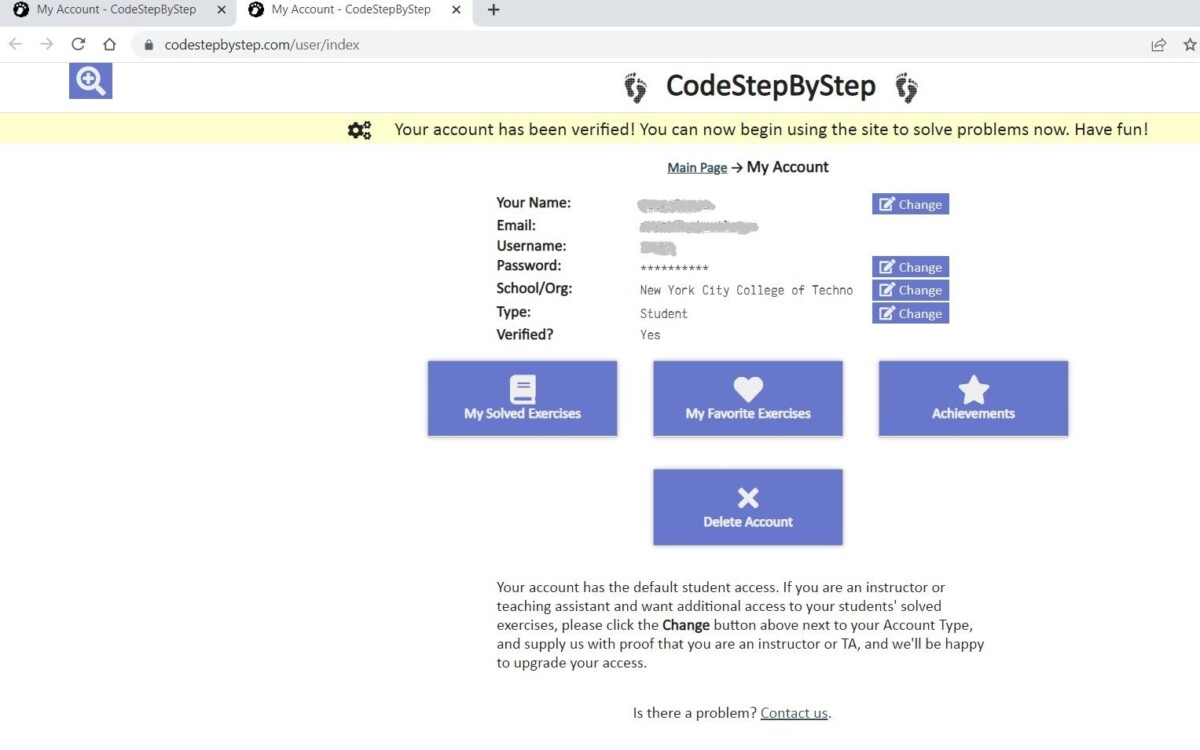
If the platform says that your account is not verified but you clicked the link, please log out and log back in. This is know bug that happens occasionally. Once you are verified, the you need to proceed to add this course to your list of courses. In order to do that go to the upper right corner of the page and click on your username. Once you do, you will see a menu. From the menu select the option Courses as shown in the next image.
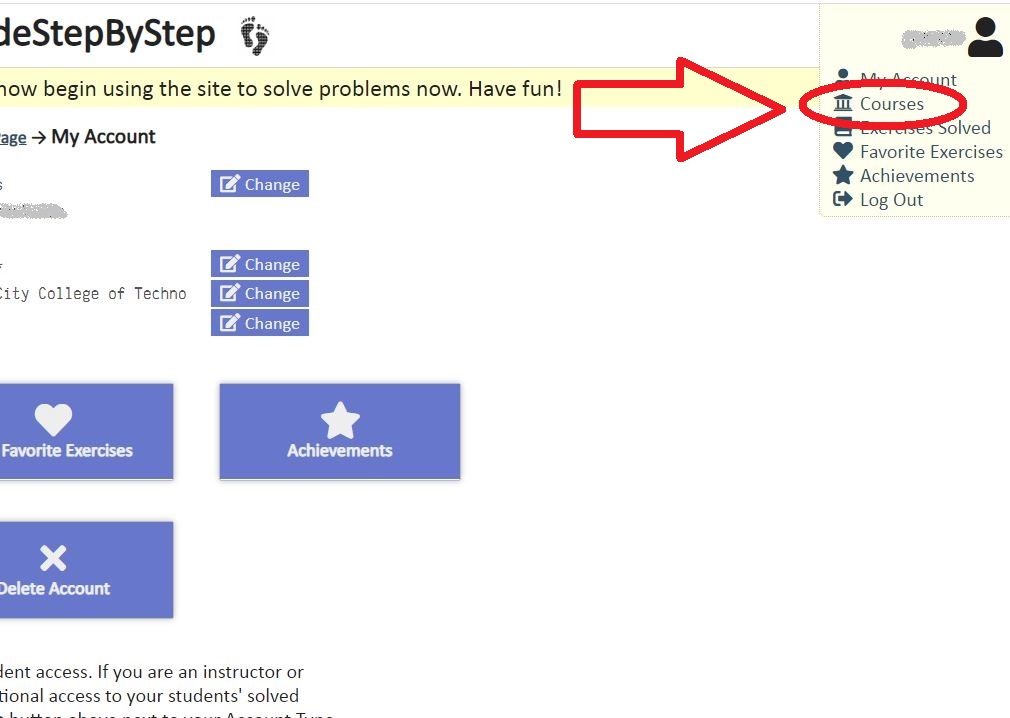
Once you click on Courses, you will see another page with a drop-down menu. Click on it to see the list of available courses. Select your course and section number from that list. Then click the button Add as shown below.
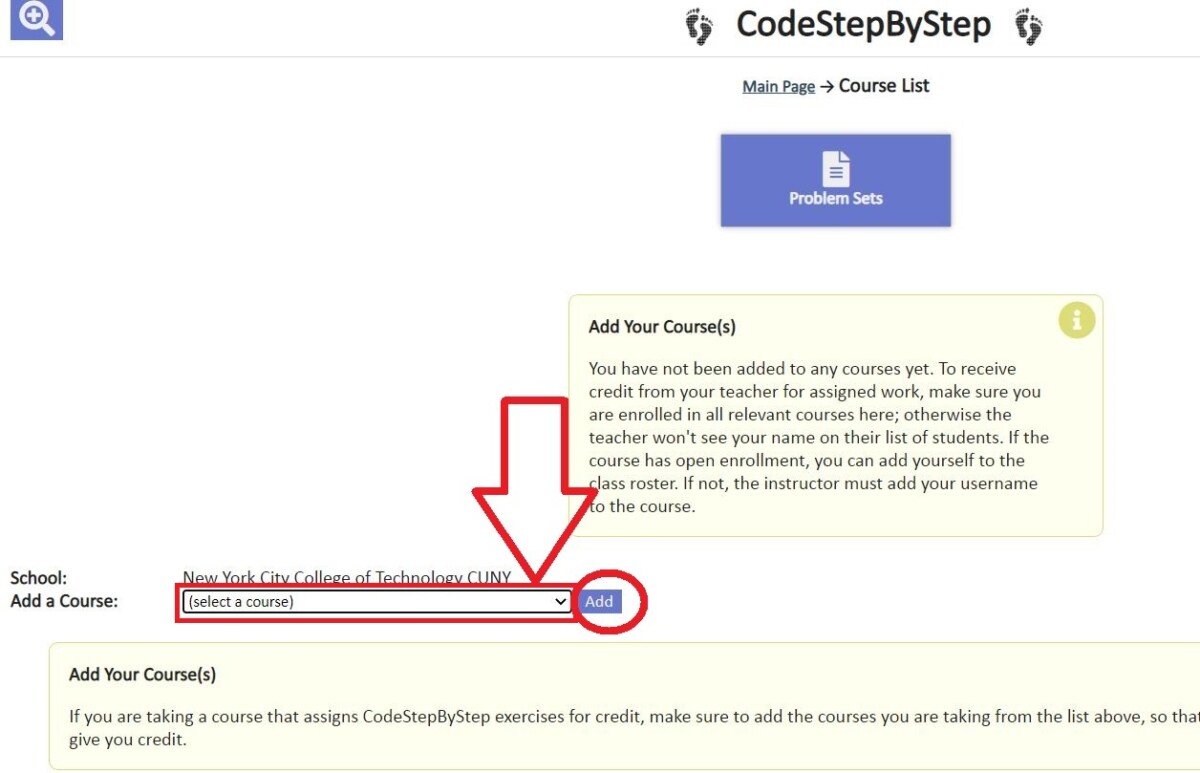
You should see your selected course in the Course List page. Make sure it is the right course and section, otherwise I will not be able to see your completed work. Once you confirm that, then click on the Problem Sets button as the next image shows.
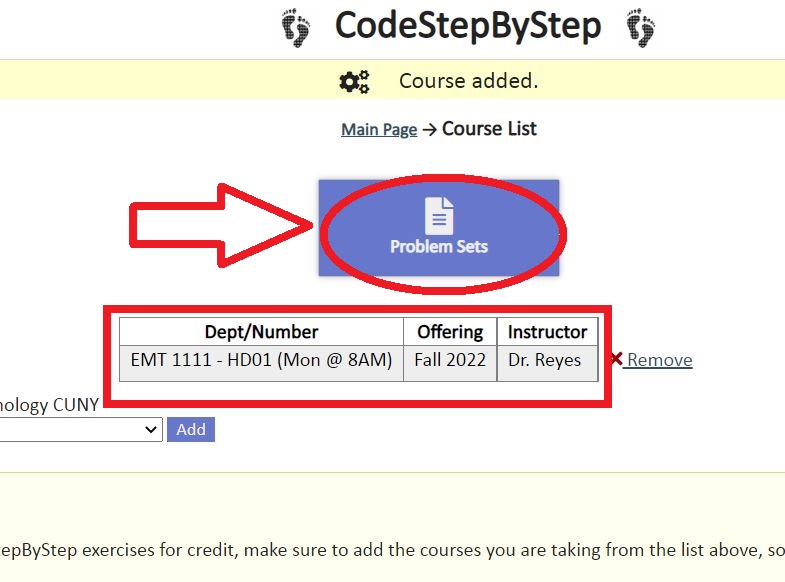
After clicking the Problem Sets button you will see a list of the assigned labs. Click on the corresponding lab and complete the problems there. See an example in the image below.
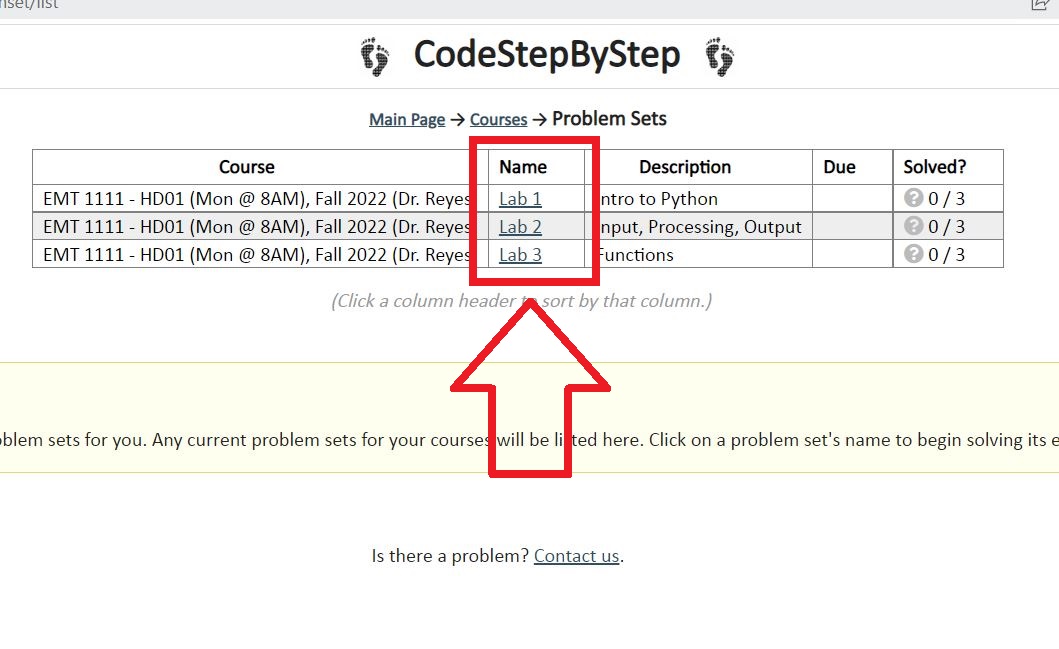
With these steps you should be up and ready to complete the homework assignments for this course. If you experience any technical difficulty please reach out.






